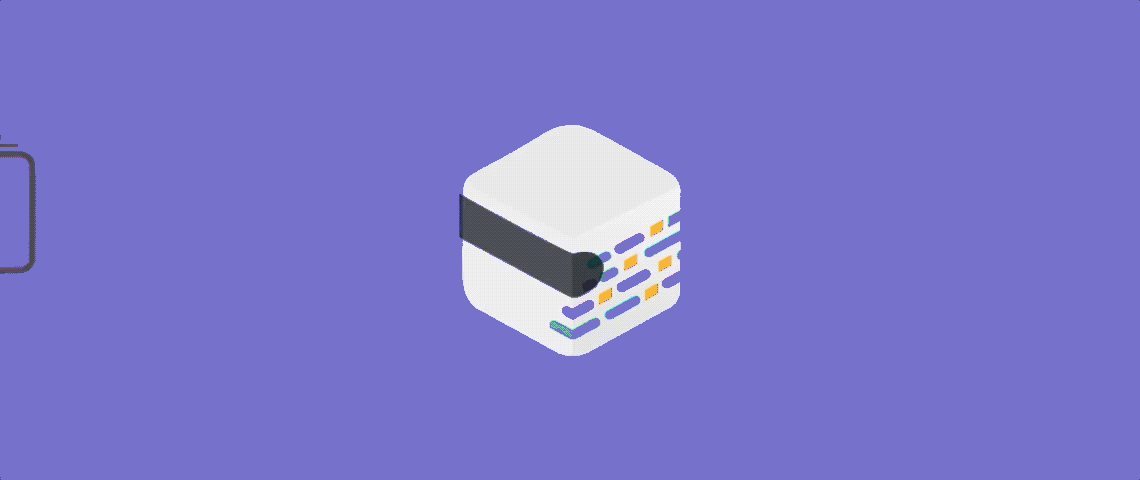As web application development continues to increase in complexity, more teams find it necessary to automate as much testing as possible. There are many approaches to testing automation. Here in this article, we survey a number of the most common frameworks in use today.
Different Types of Automated Testing Frameworks Explained
A test automation framework employs software to run tests and compares the results with the test specifications. Every development organization needs to test its software sufficiently, and most of these teams want to maximize testing speed and completeness. Many testing leaders are working hard to see how their teams can benefit from testing automation.
Since many test automation frameworks are application-independent, they can expand with the size and complexity of each application. Such frameworks employ automation methods and technologies to increase test coverage and improve the quality of the deliverables. When implemented correctly, a test automation framework can assist testers in saving thousands of hours of manual testing effort. This results in cost reductions and faster time-to-market. Let’s get into the different types of test automation frameworks.
Record-and-playback scripting
The simplest of all is the record-and-playback framework. The way it works is as follows. First, a tester manually records each behavioral step, such as navigation and user input. During the recording, the tester will likely insert checkpoints that will serve as validation steps. When the recording is complete, it is saved as a script that the tester will replay against subsequent builds of the application. A major difficulty arises, however, when subsequent application builds vary from the build that corresponds with the original recording. When this happens, it’s necessary to edit the script or record it again.
Advantages:
- The quickest way to generate scripts
- Perhaps the easiest way to learn testing automation
- Extensive automation expertise is unnecessary
Disadvantages:
- Difficult to reuse scripts
- Test data must be hard-coded into the script
- Script maintenance can become very tedious for larger applications
Selenium Automation Framework (SAF)
SAF is a widely used, customizable, open-source framework for test automation on web applications. Since it requires significantly less coding effort, SAF can greatly increase testing automation efficiency. SAF helps enterprises improve testing speed by providing accelerators in the test design layer. SAF includes an intuitive user interface for creating and running test suites. It enables users to run multiple types of tests in parallel. An extensive array of reports are available to help manage a test suite and all test results.
Advantages:
- No licensing fees
- Supports a broad range of browsers, languages, and platforms
- Integrates with Agile, DevOps, and CI/CD workflows
- Extensive plug-in library
- Supports mobile testing
- Large community
Disadvantages:
- Steep learning curve
- No built-in image comparison capability
- No tech support
Data-Driven Testing
With a data-driven test automation framework, all of the necessary inputs and expected results are kept in data files. This makes it easy to run all of the test cases using different sets of data. Driver scripts can be written to read the data files and navigate through the entire application.
Data-driven test automation can significantly reduce the total number of test scripts necessary to implement all test cases. Test data can be compiled well before test configuration and implementation. In addition, this type of framework enables greater flexibility for maintenance and bug fixing.
Advantages:
- Test script changes often have no effect on the test data
- Test cases can be executed iteratively across multiple test data sets
Disadvantages:
- Additional effort is necessary to create, automate, and run the tests
- More time may be necessary to prepare test scripts and test data
Keyword-Driven Testing Framework
This is an application-independent framework that employs self-descriptive keywords that reside with sets of data tables. Typically, this is an extension of the data-driven type of framework. The keywords explain the operations that will be tested against the application.
An external input data file contains expressions known as directives. Each directive is represented by a keyword which corresponds to each operation that will be tested. A test script can read these keywords during the execution of a test case. Keywords are reusable across multiple test cases, and typically a small amount of code is necessary to generate test cases.
Advantages:
- Extensive re-usability
- Test-tool independence
- Largely independent of the application under test
- Minimal automation expertise is necessary to create or maintain existing test cases
Disadvantages:
- Since the initial effort investment is quite significant, the benefits of using this framework are achievable only if the application is large or complex and the test scripts will continue to exist for many months or years
- Solid automation expertise is required to design, establish, and maintain the keyword-driven framework
mabl is a next generation test automation framework for DevOps that utilizes the cloud
Conventional frameworks typically address one aspect of testing automation. mabl is an entirely new, comprehensive test automation framework that can help your team be more efficient in many respects.
These are the main benefits of the mabl framework:
Bringing all the best features together — Only mabl offers scriptless cross-browser testing, auto-healing tests, visual testing, and diagnostics in one simple service.

Intelligent testing — You can test the holistic quality of your application, from user experience to visual design to performance in a single platform. mabl integrates curated data from all aspects of your application to improve test insights.
Scalability — You’re able to run your functional UI tests across all major browsers, in parallel, in the cloud, with no operations overhead. Onboarding teams is quick and easy, and they can create robust tests within a few minutes. Better issue-reporting means you can fix issues faster across all of your test teams. Running tests in the cloud means you don't have to worry about maintaining your own infrastructure.
Maintainability & Security — Auto-healing tests keep your tests stable despite changes to your app UI. Tests are always executed securely and your data is never put at risk.
You can try mabl out for free today.






